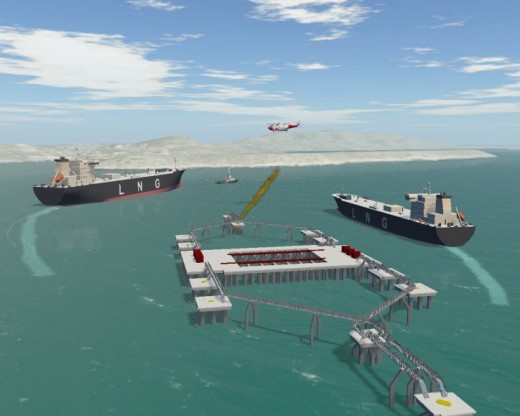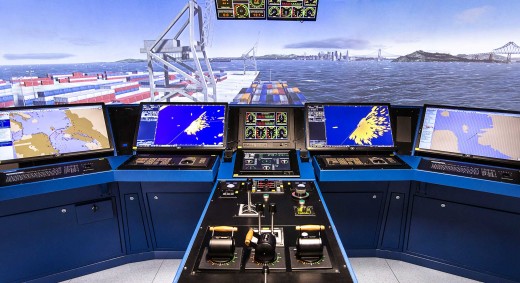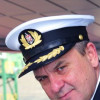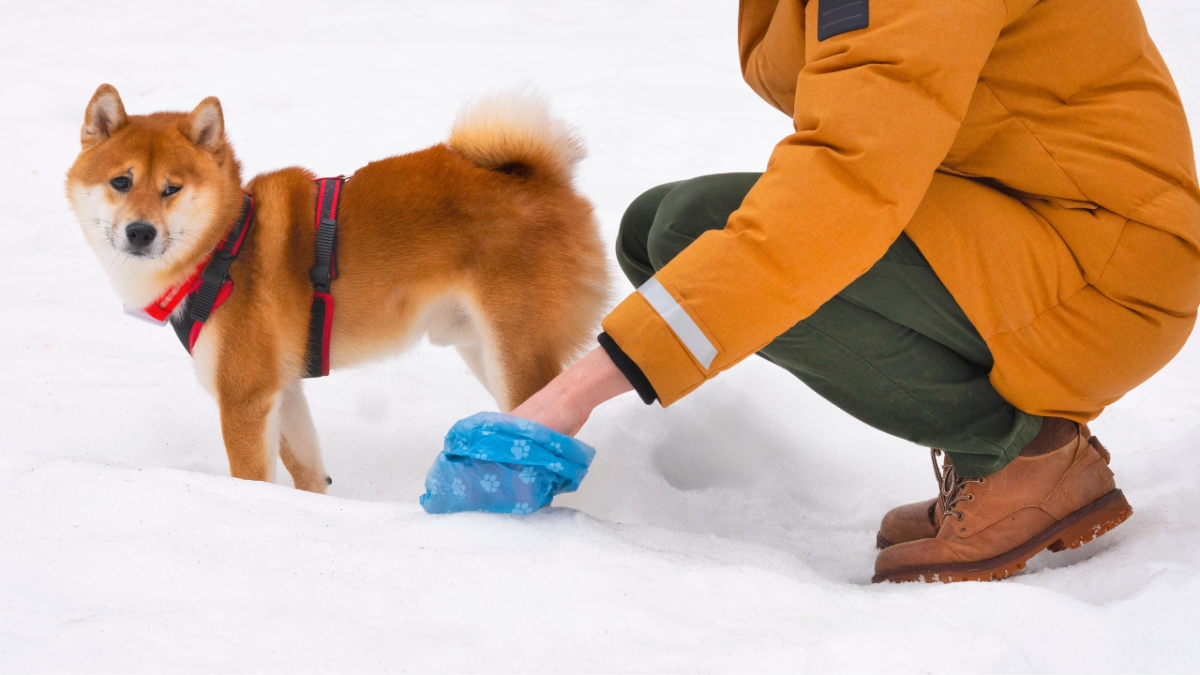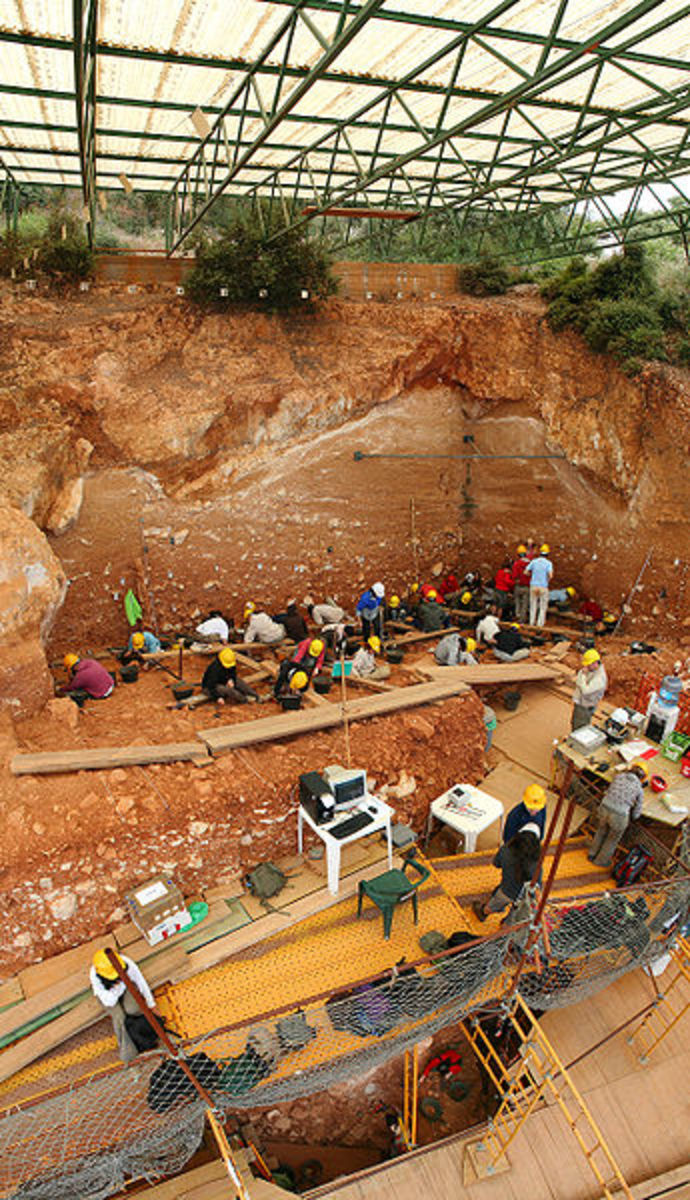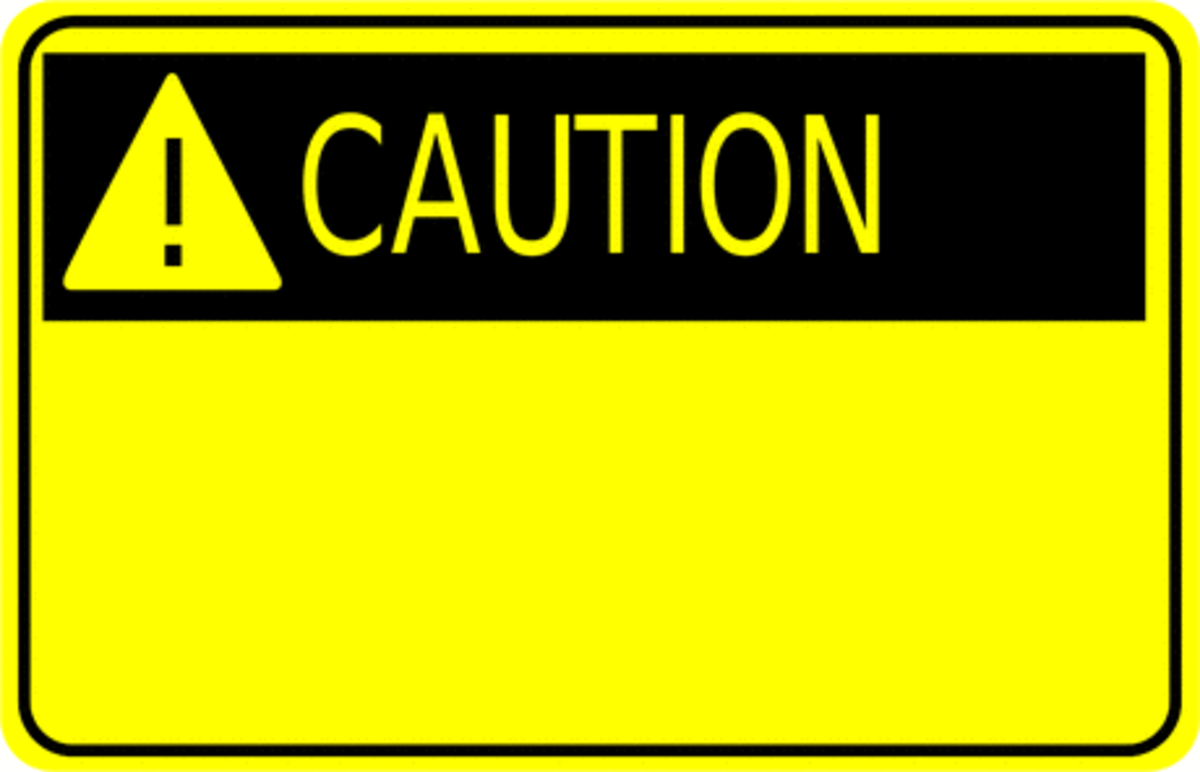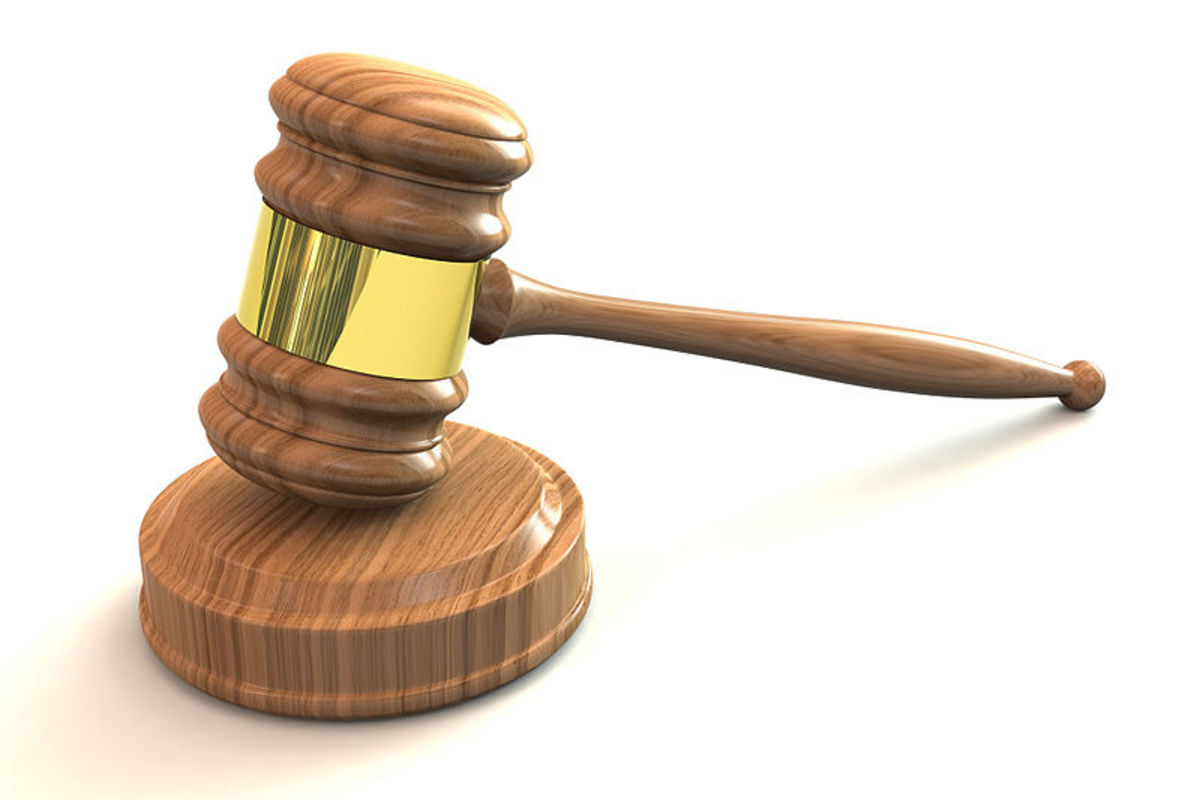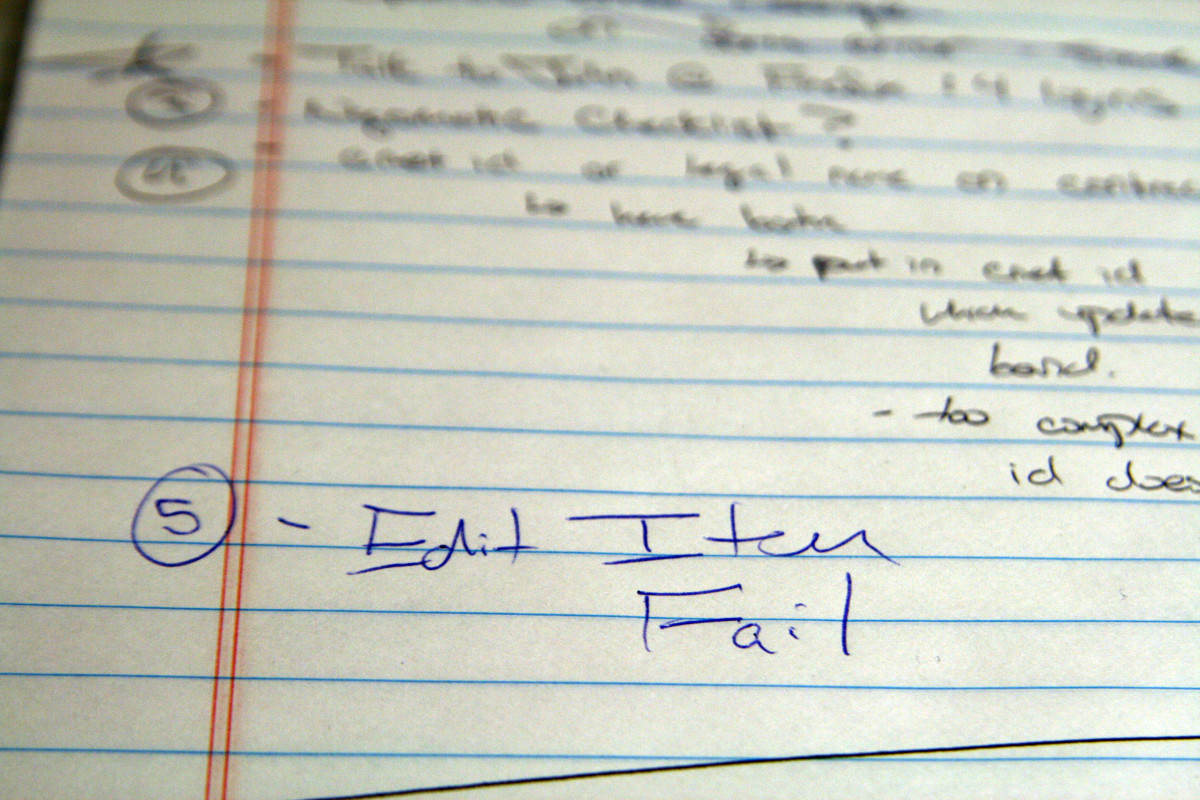Techniques and Methods Used in the Study of Maritime Accidents
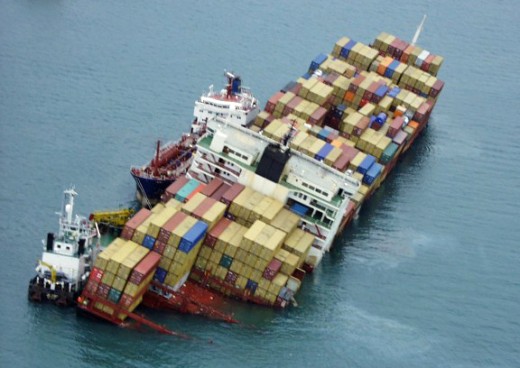
After a maritime accident, a successful investigation is the one that will find the root causes contributing to the accident. This would provide valuable teaching for maritime safety and lessons to be learned. For these reasons, the team of investigation must be methodical and insightful and must use all the necessary and possible means for efficient use of data. Data analysis techniques are of prime importance in the interpretation of the collected data and the realization of plausible sequences of events. Investigations carried out superficially do not lead to the root causes. We can see that through the redundancy of the same consequences under different scenarios. However, the responsible factors remain unidentified. In this article, we will present some techniques and methods used for the study of accidents.
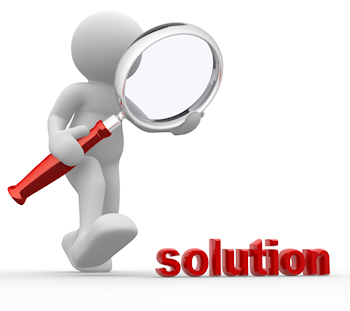
Text Mining Method
It consists of extracting important information from documents and report texts to establish causal links to corresponding concepts (eg electrical fault -blackout). This method allows the concentration of the data and put them in relation to the major accident concepts.
This method can be combined with other text-related methods, such as the one used by the Marine Accident Investigation Branch (MSA) as the Vector Space Model (VSM), which is a vector representation of text in matrices.
Analysis techniques
Analytical techniques differ from one investigation officer to another. Some offices develop their own. The choice of the appropriate method depends on the type of accident and the factors to be analyzed (human, organizational and technical). One can even find the use of several techniques in the same accident. It also depends on the size of the accident and the complexity of interaction between the factors involved.
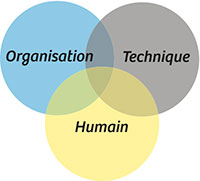
SwissCheese- Reason, 1990 & 1997
The model represents a metaphor for illustrating the systemic model of the acciddent causation. It was proposed by Reason to explain the mechanisms that lead to an accident. According to Reason, the genesis of an accident is very complicated, and we very often discover its origin in the managerial layers of a given structure. Accidents are therefore not the result of a single cause usually located at the operational level, but very often the consequence of succession and a combination of causes that have their origins both at the sharp-end and blunt-end levels that lead to an accident.
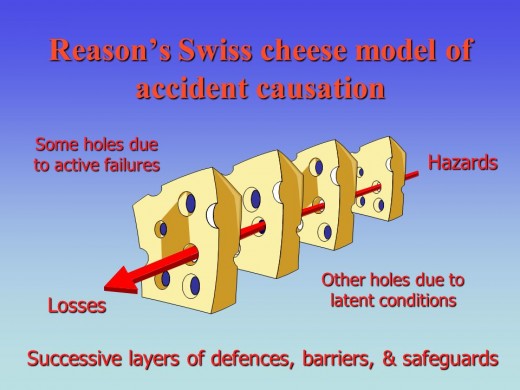
This model goes beyond the immediate causes of the accident that are found in the Sharp-end. It offers the identification of "latent conditions" (holes in gruyere slices) at the blunt-end level and which may contribute to accidents when they are combined with one or more failure (s) located at the sharp end. Reason also introduced the concept of "In-depth defense barriers". Always from a metaphorical point of view, these defenses are represented by slices of Gruyere and are located at all levels of a given system (individual, local, managerial and organizational). These barriers have the function of preventing, recovering, mitigating, and limiting the propagation of the accidental sequence, and consequently the occurrence of an accident. For that, according to this model, the reinforcement of barriers (to fill the holes of gruyere) of a given system has a direct effect on the occurrence of an accident. Moreover, the combination of a set of latent conditions (erroneous decisions, poorly defined development strategy, unsuitable safety policy, etc.) and active failures (risky acts, technical failures, etc.) generates an accidental trajectory leading to an accident.
Finally, according to Reason's Swiss Cheeses model, risk and accident prevention consist in introducing and reinforcing the defense barriers at the Blunt-end and Sharp-end levels of socio-technical systems.
Failure Modes and Effect Analysis (FMEA)
This method has been developed to evaluate the reliability of hardware systems. The method consists of validating a design of a given piece of equipment by enumerating all the causes of possible failures and the behavior of the system for each stage. The disadvantage of this method lies in the analysis of each cause separately. Therefore, a complex system must be divided into units with the impossibility of detecting the links between common causes.
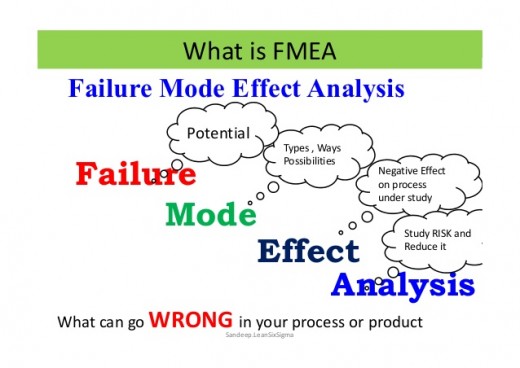
Model STAMP from Leverson - 2004
The Systems Accident Model and Processes (STAMP) model is a technique that takes into account the technical part in its two (02) parts (i.e., hardware and software components) combined with organizational and human factors. Leverson's approach suggests that the accident does ar not from a failure of an isolated component but from the impossibility of rejection of this disturbance by the entire system through proper manipulation of safety parameters. In this vision, safety is considered a control dynamic problem and not a static system.
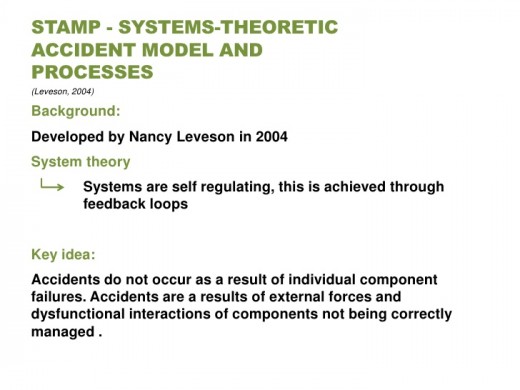
5W technique
This technique is Simple, basic and applicable in all types of accidents. It establishes the sequence of events by answering the five (05) questions (When, Where, Why, What, Who). It is effective for technical failures and simple accidents. Used to detect root causes, but based on the investigator's experience with non-use of logic gates.
CFC Causal Factor Mapping Technique
It consists of combining the use of the chronological sequence and the logic of causality by attributing to each event its temporal framework. For the construction of cartography the technique proposes the reverse timing starting from the event of the major accident.
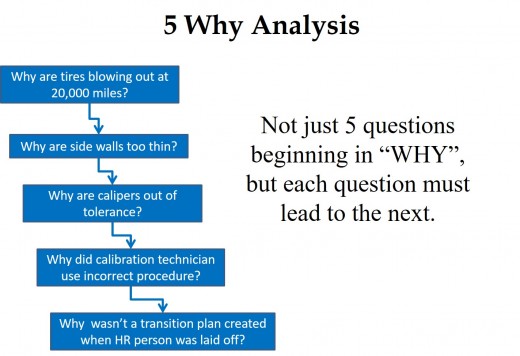
- Fault Tree Analysis (FTA)
It is a technique based on a logic diagram (use of AND and OR gates) to identify the causal relationships between system failure and hazards and the related undesirable events. It is largely used in the analysis of electromechanical systems.
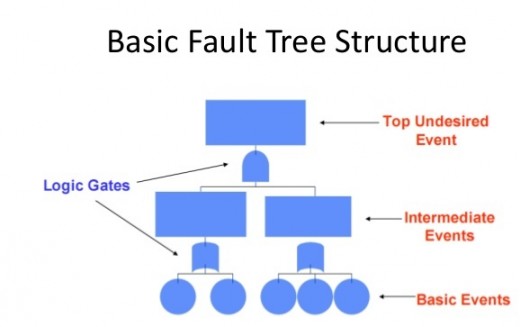
- Technique relating to physical quantities
1. Model technique
It consists of the use of an equipment model and reproduce the operating conditions and the corresponding environment. Simulations are performed and the phenomenon is observed while recording the physical magnitudes of the system and comparing them to the circumstances of the accident. This technique is widely used in the case of capsizing by using the model of the ship in a wave generating basin.
2. Metrological tests
These are the tests on the physical properties of the material. This includes the tensile test, bending, compression, hardness, shear, fatigue, friction, and others. These tests are used to check the conformity of the building material resistances to the requirements of standards.
